All about mites on plants and their control
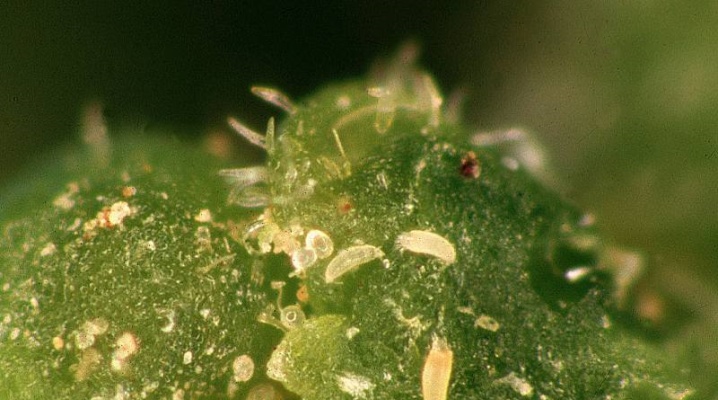
Today, there are several types of mites that are not averse to eating fruits and vegetables in the garden, and they are also often found on trees and flowers. In order to take effective measures in the fight against this pest, it is very important to know how it looks, and it is also important to understand why its appearance on the backyard territory is connected. These and other important issues regarding the appearance of ticks in the garden, we will consider in this article. And also we will get acquainted with the mandatory preventive measures.
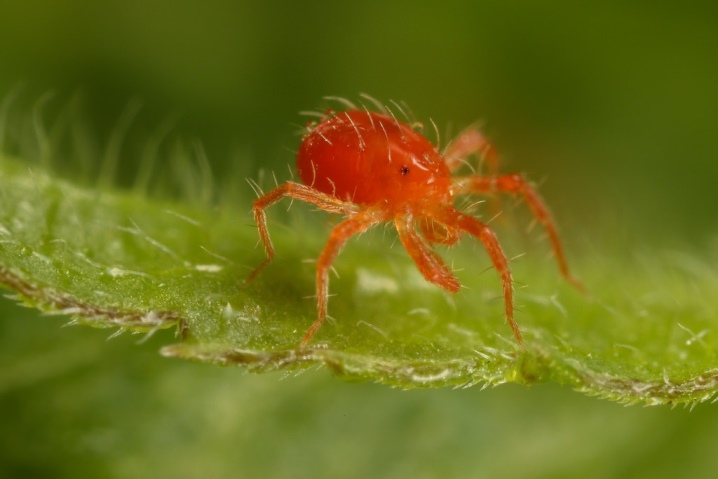
Types and description of pests
Ticks represent microscopic arthropods that resemble spiders, but they are sometimes difficult to see with the naked eye, as a result of which gardeners often lose a lot of time, while their plants slowly die... These miniature pests can easily destroy the entire garden, because they can attack any plant, many of them are very picky about the choice of food, for example, a spider mite.
Ticks are often found on linden leaves, plum, maple, alder, sea buckthorn and mountain ash. Often they can be found on bushes with strawberries and raspberries.

One of the most common varieties of the so-called garden mites is the apple gall mite. But contrary to the name, it attacks not only apple trees. The gall mite especially often settles on a pear, and it is also found on a quince and often on a dogwood. Plum mites and grape mites are known to those skilled in the art.
The family of gallic pests with four limbs also belongs nut felt mite, which is often found in the forest and steppe zones, but can often get to the personal plot.
Lime gallic the tick is so small that it is quite difficult to see its color and four limbs without a magnifying glass, its size is usually 0.3-0.4 mm in length.
Concerning spiderweb tick, then most often it can be found in greenhouse conditions, especially on cucumbers. Although it is often found on plants, even in an apartment.
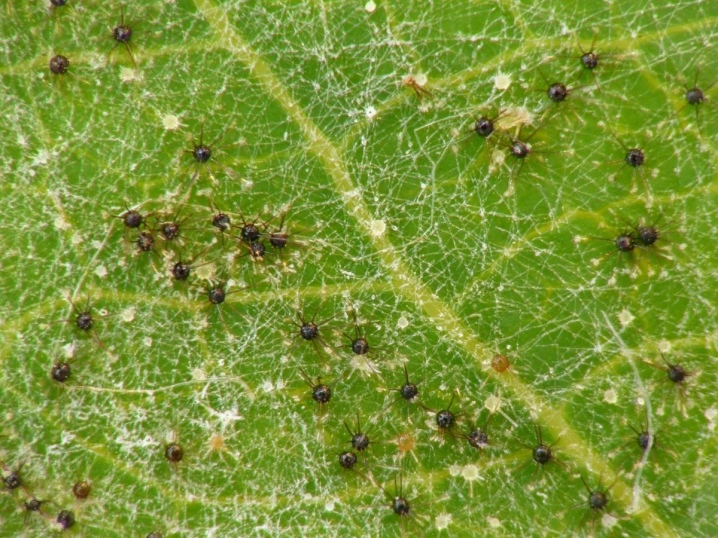
If growths suddenly began to appear on the leaves of the bird cherry, this may indicate that the gall bird cherry mite is parasitizing on the tree. These outgrowths (growths) provoke the bites of these arthropods.
The main diet of ticks is plant juices, which they extract not only from leaves, but also from young shoots, as a result of which young plants and trees begin to wither, their leaves dry, shoots develop poorly. If you do not take action on time, you can easily be left without a crop, since pests greatly inhibit the cycle of plant development. Moreover, they weaken their immunity, as a result of which plants can get sick with a bacterial, viral or fungal disease.
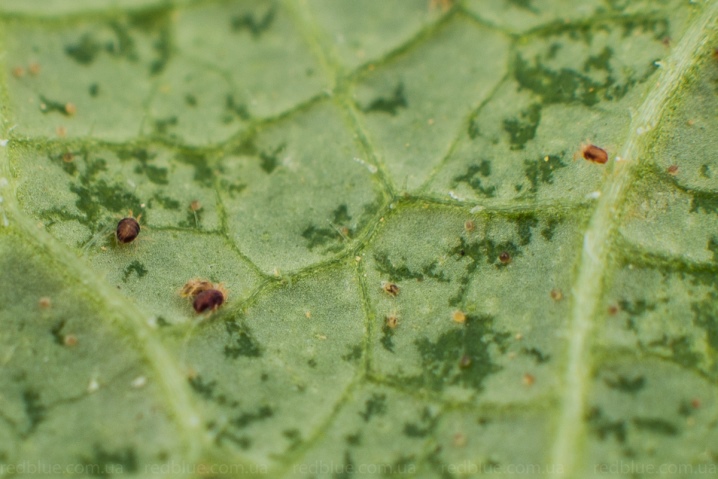
Causes of the onset of the disease
Experts agree that eggs of ticks are most often carried by birds, various insects and even people, in addition, they can spread independently, for example, from tree to tree using a strong wind.
The danger to plants is not only the arthropods themselves, but also the diseases that they directly transfer to themselves. It is known that, for example, the walnut felt mite, parasitizing on the leaves of plants, causes a special bacterial spot, which can be especially pronounced on a walnut.
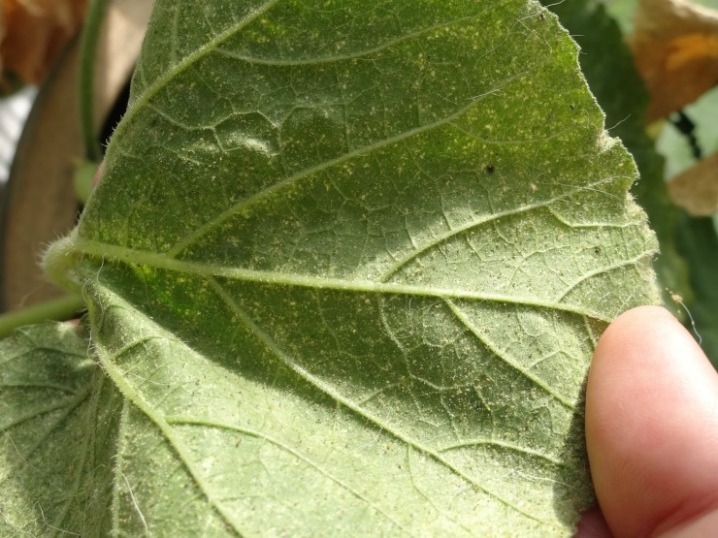
The disease can also manifest itself when buying a new plant on which pests can live. It is quite easy to acquire contaminated material today, especially from an unscrupulous seller. Therefore, after the purchase, it is extremely important to observe the new seedling or plant before transferring it to the garden or vegetable garden. A kind of short-term quarantine can help prevent infecting other flower and other crops on the site.
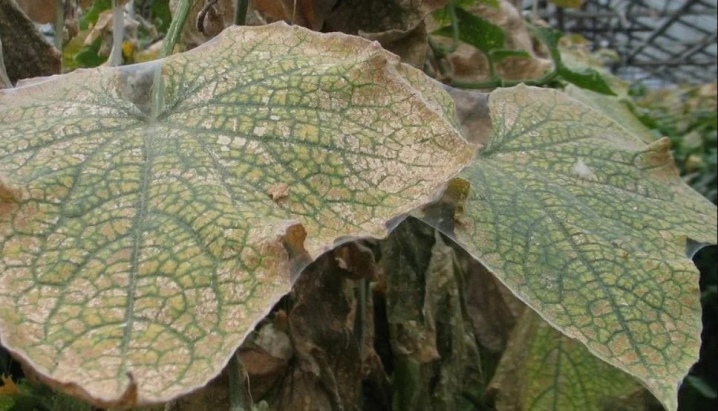
Many mites begin to actively reproduce on plants under suitable conditions. Especially often, if the air temperature is + 25-30 degrees, and the air is dry at the same time, for example, as a result of non-observance of the temperature regime in greenhouses - spider mites are very often found there.
What can be processed?
To combat ticks, special acaricidal preparations are used, which make it possible to destroy the pest from the first time with the right choice. Acaricides are chemicals that kill ticks, but with minimal negative impact on the environment.
Acaricides are of several types.
- Insectoacaricides... These are drugs that destroy not only ticks, but also other parasites on plants, usually they contain inorganic sulfur. It is advisable to use such preparations when other insects, for example, a stem fly or a shoot gall midge, live on a weakened plant, in addition to ticks.
- Specific acaricides. Usually used only when it is necessary to get rid of only some kind of tick.
- Acarofungicides... This group of drugs will be needed if, in addition to ticks, the plant needs to be rid of a fungal infection.
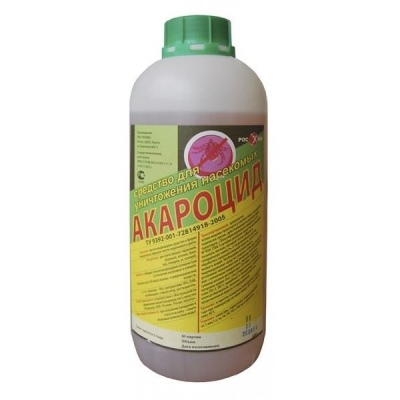
When treating plants, colloidal sulfur can be used, which allows you to fight not only mites, but also various plant diseases. The advantage is that preparations based on this sulfur are of natural origin and do not harm flowers, fruits and vegetables at all.
Prevention measures
Prevention methods usually include correct and timely agrotechnical measures. If you follow the plants, water them on time, ventilate the greenhouses, maintain an optimal temperature regime, you can significantly reduce the risk of ticks on the plants.

It is also important not to allow the weakening of plant immunity. As you know, some parasites attract others. It is imperative to do seasonal spraying, which helps protect plants from annoying insects. In turn, strong and healthy plants will not attract other parasites.
As for natural enemies of ticks, they can be scared away chamomile or tansy planted next to vegetable and fruit crops. Such folk measures will not be able to kill the entire colony of ticks if they suddenly attacked tomatoes or cucumbers, but they are capable of scaring them off by several meters.
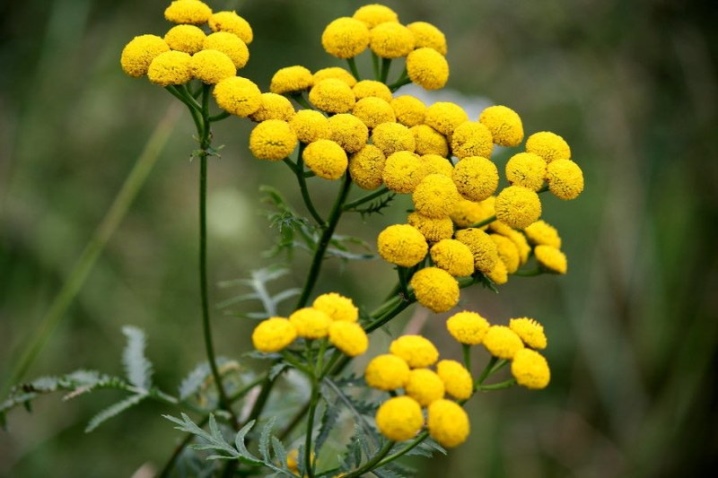













The comment was sent successfully.